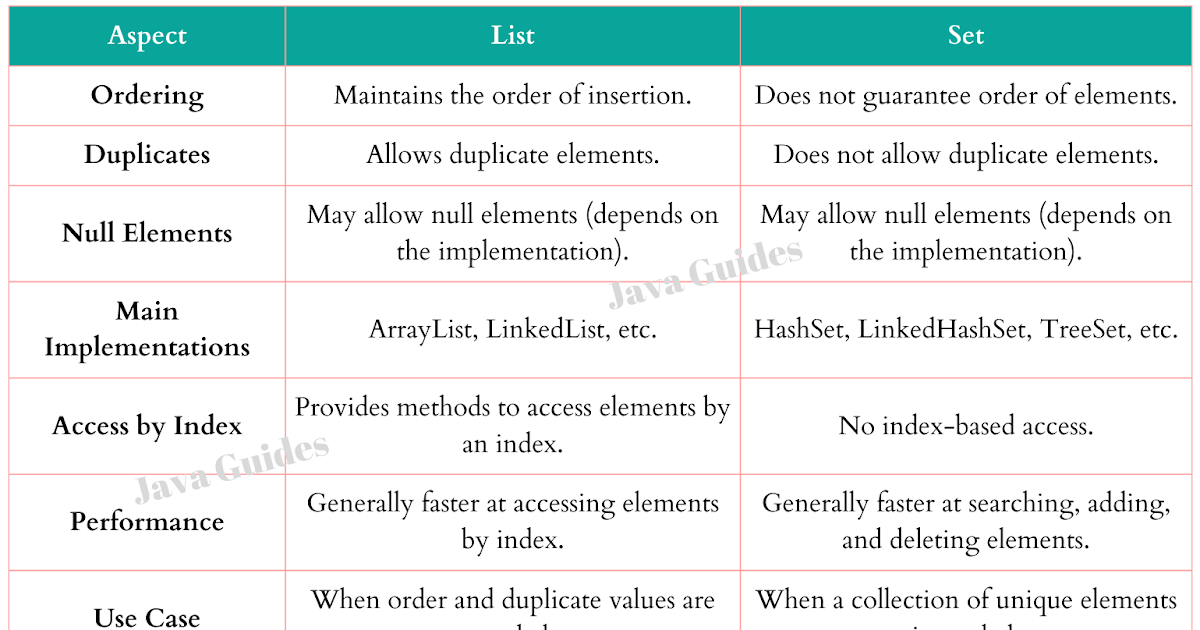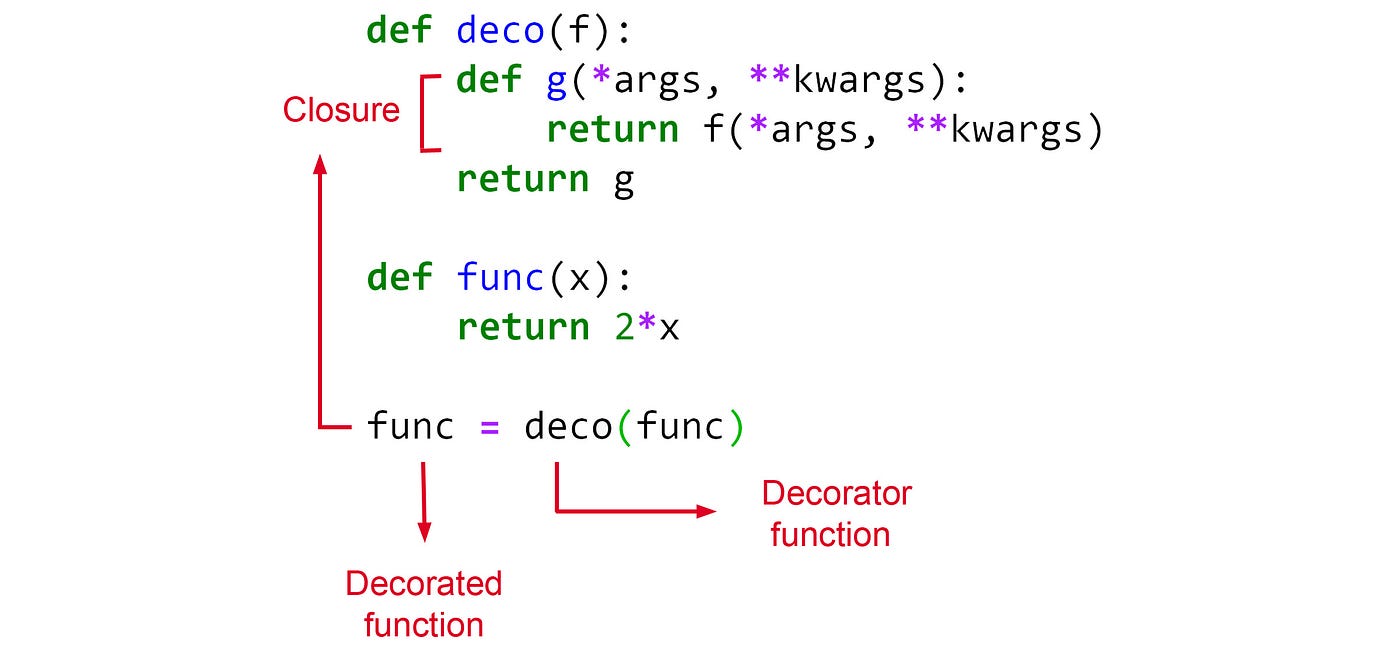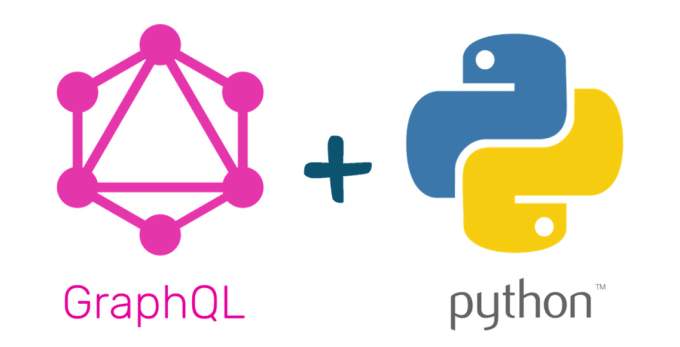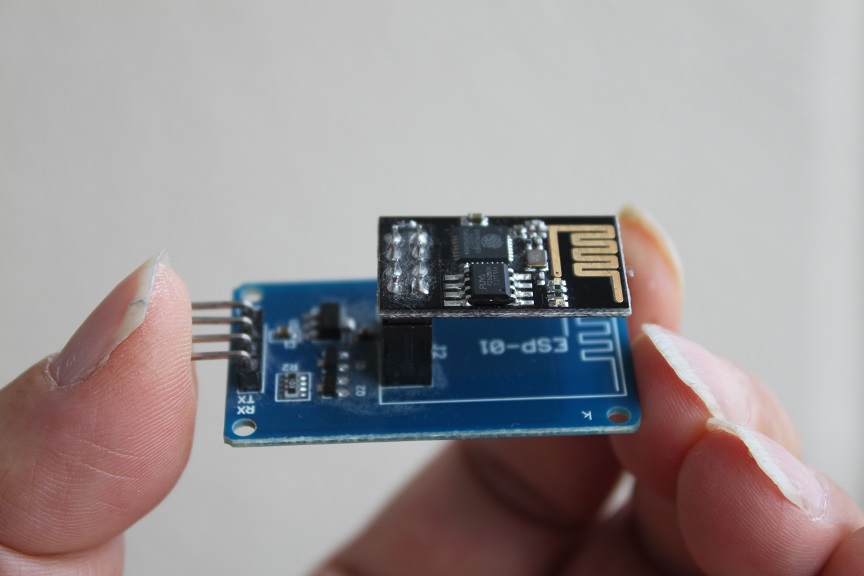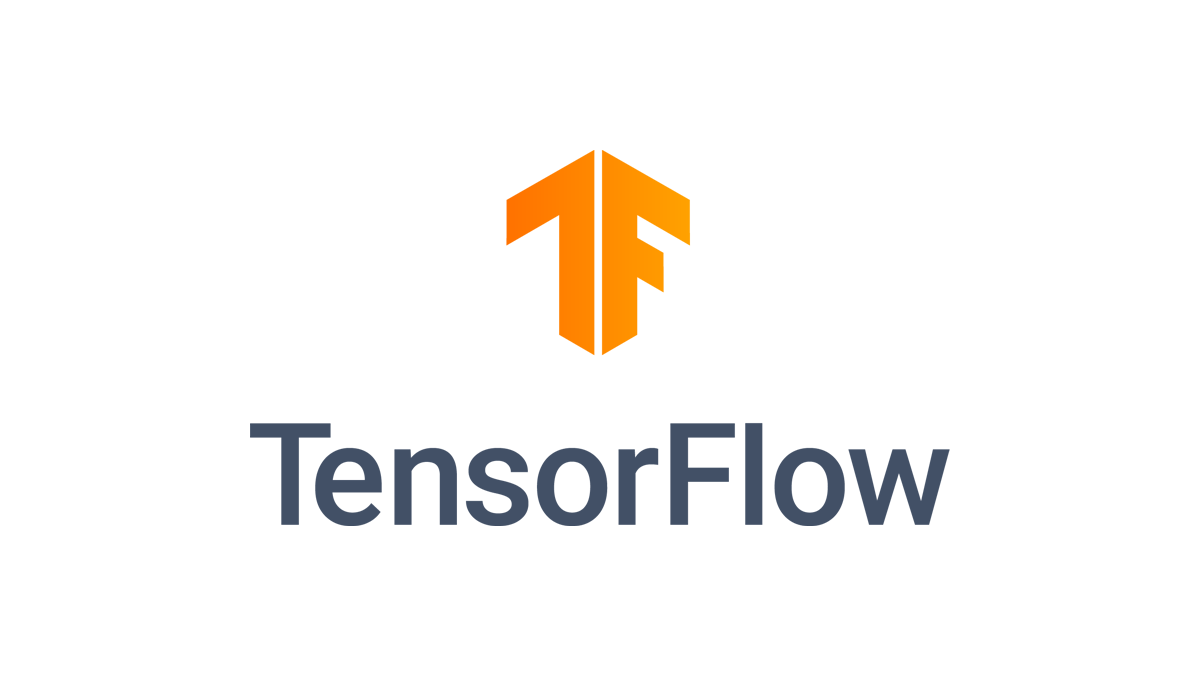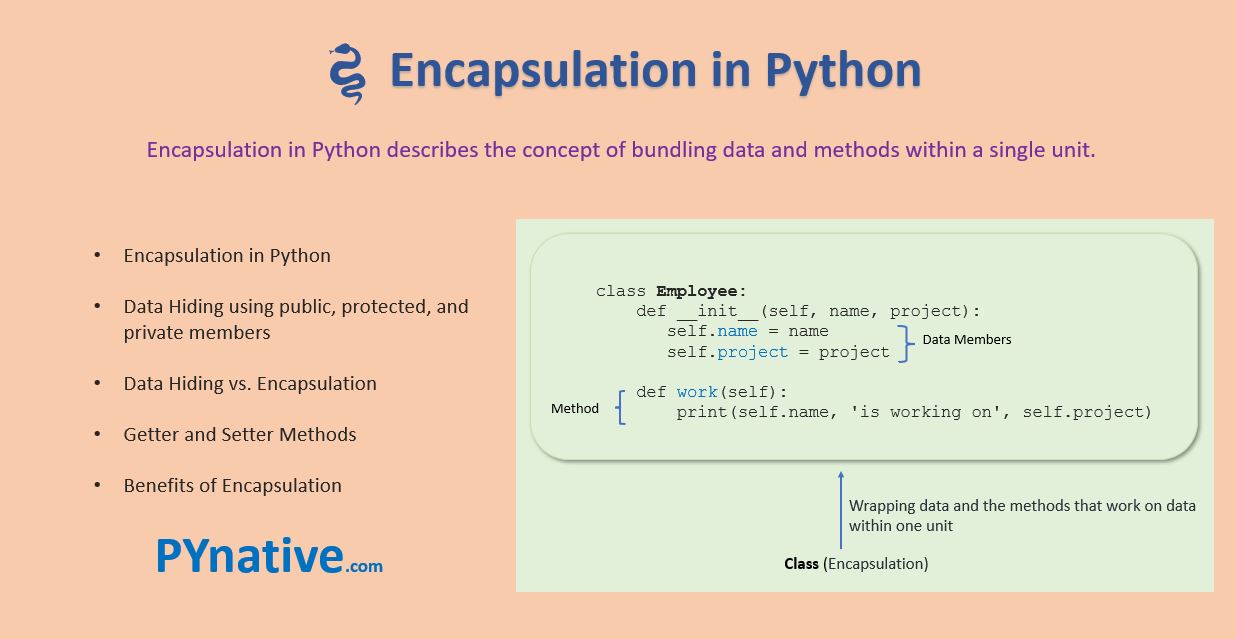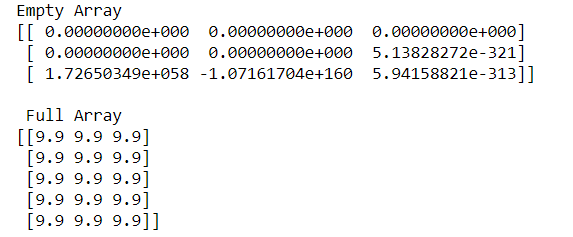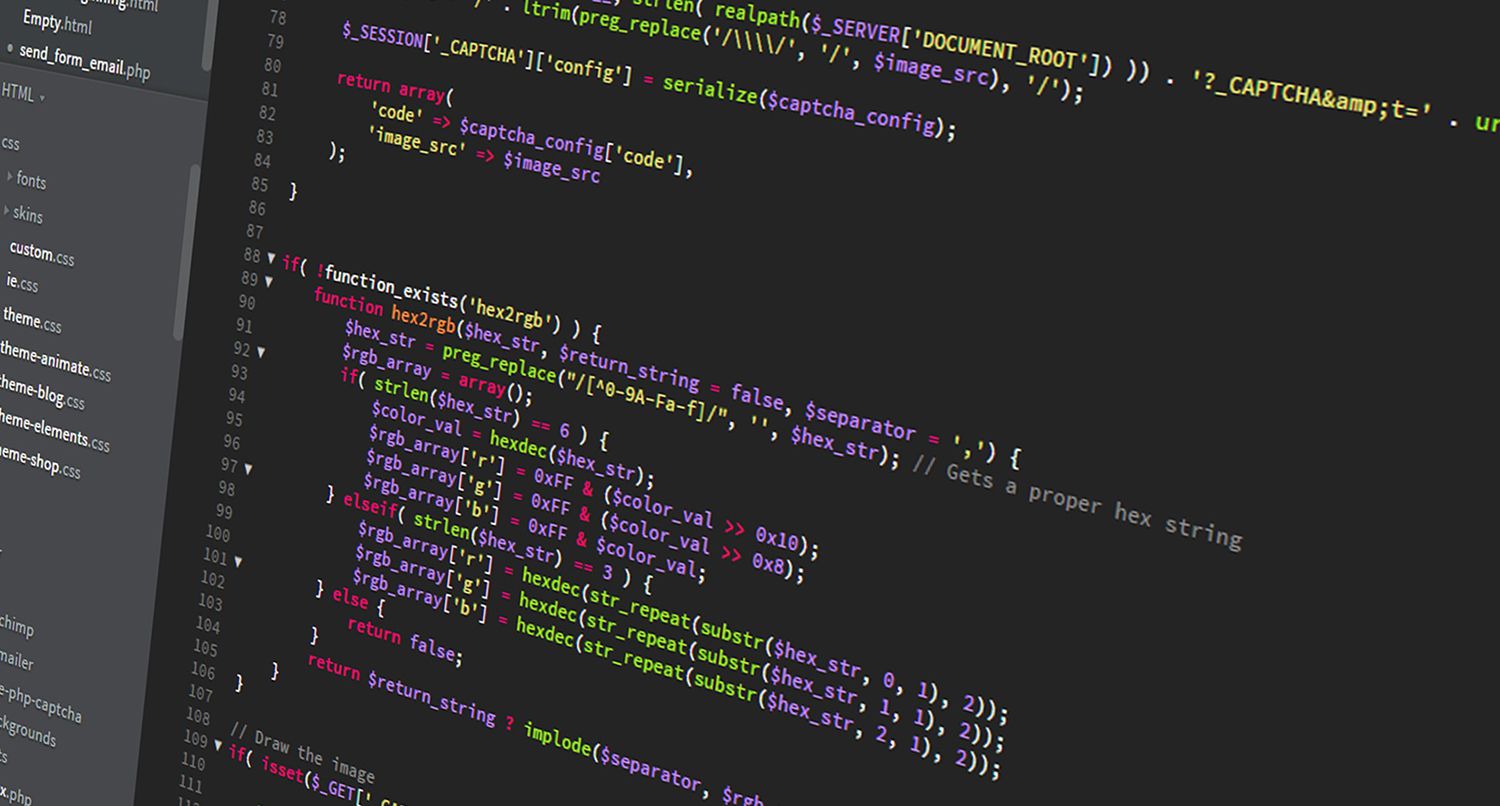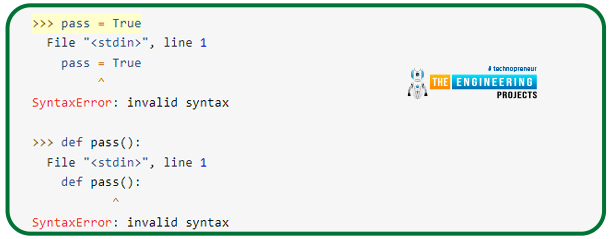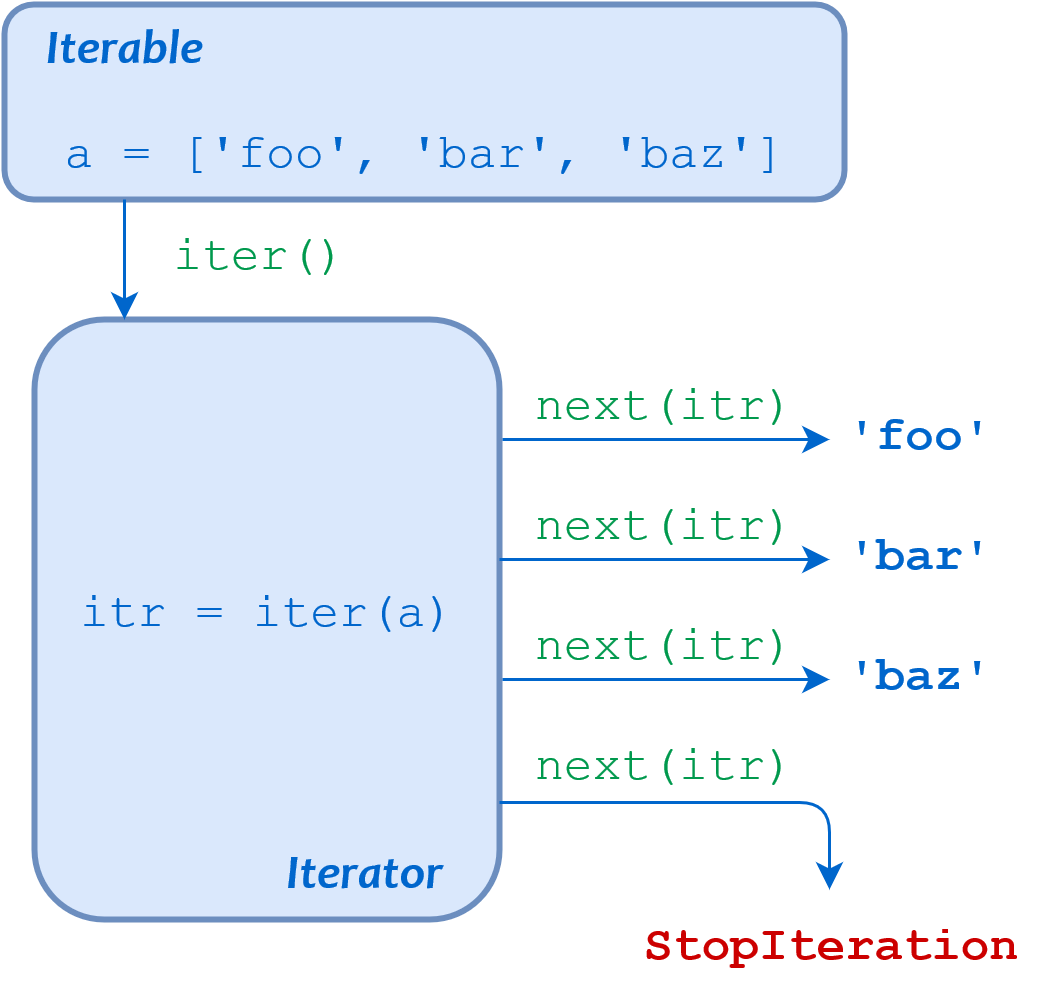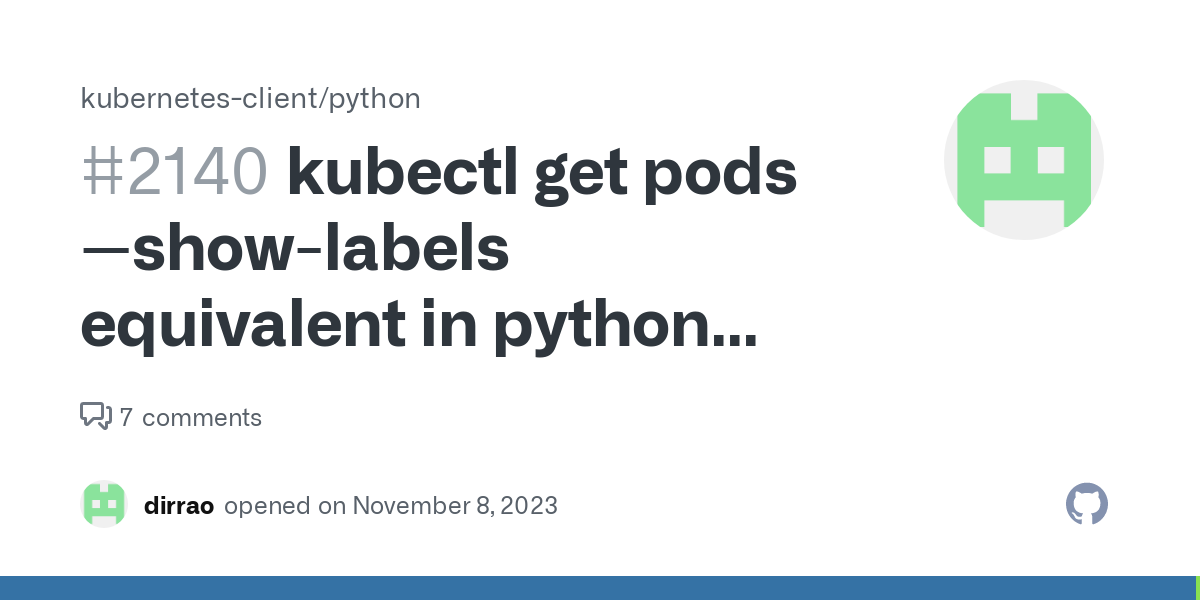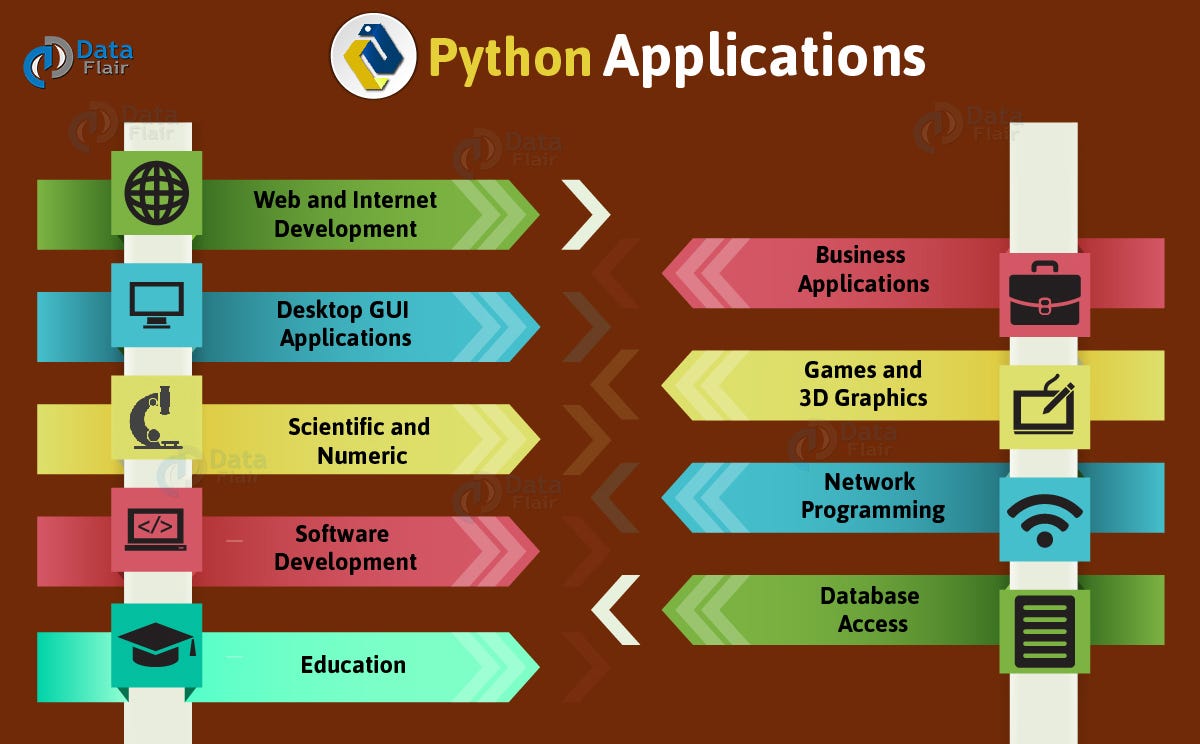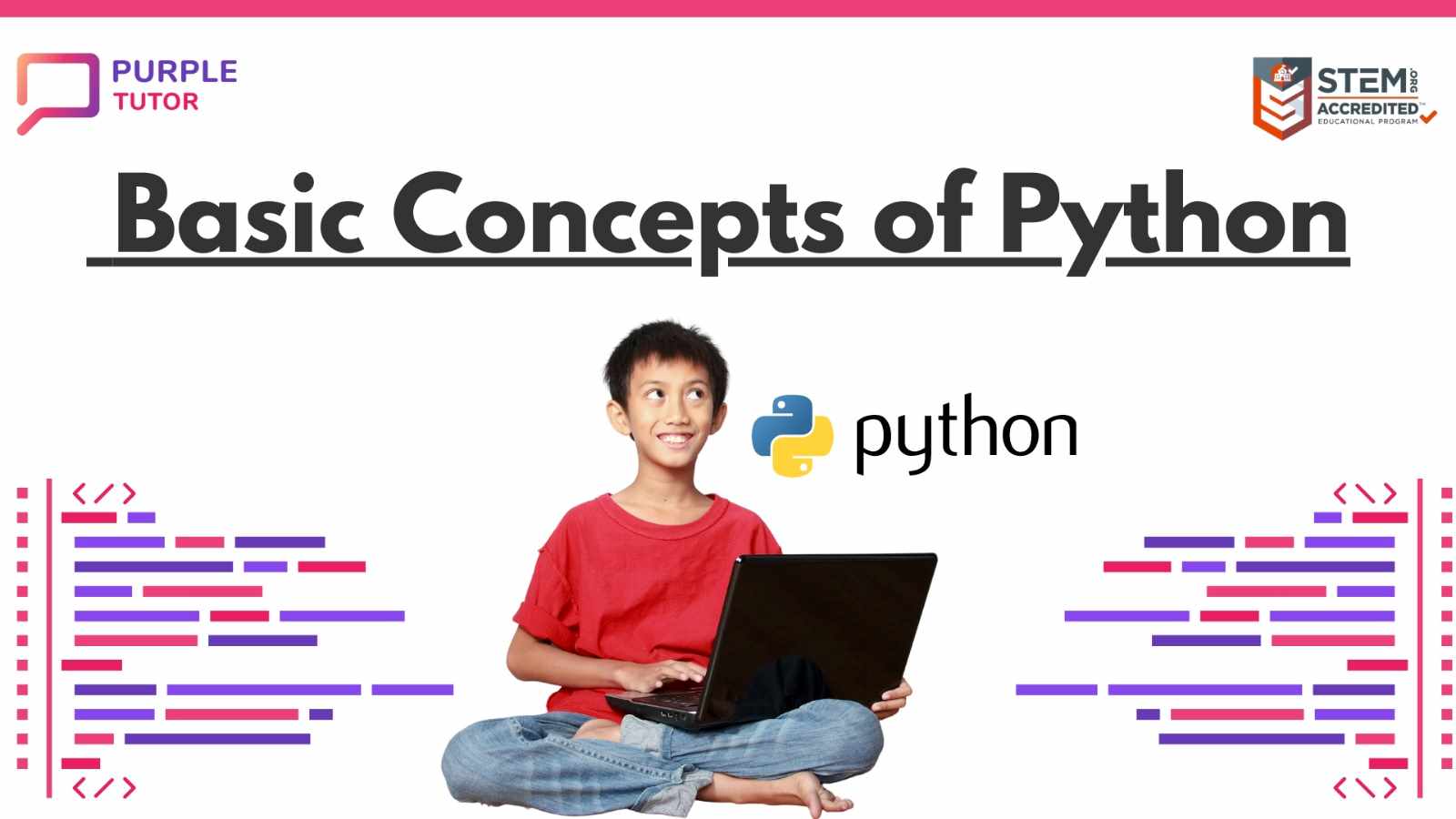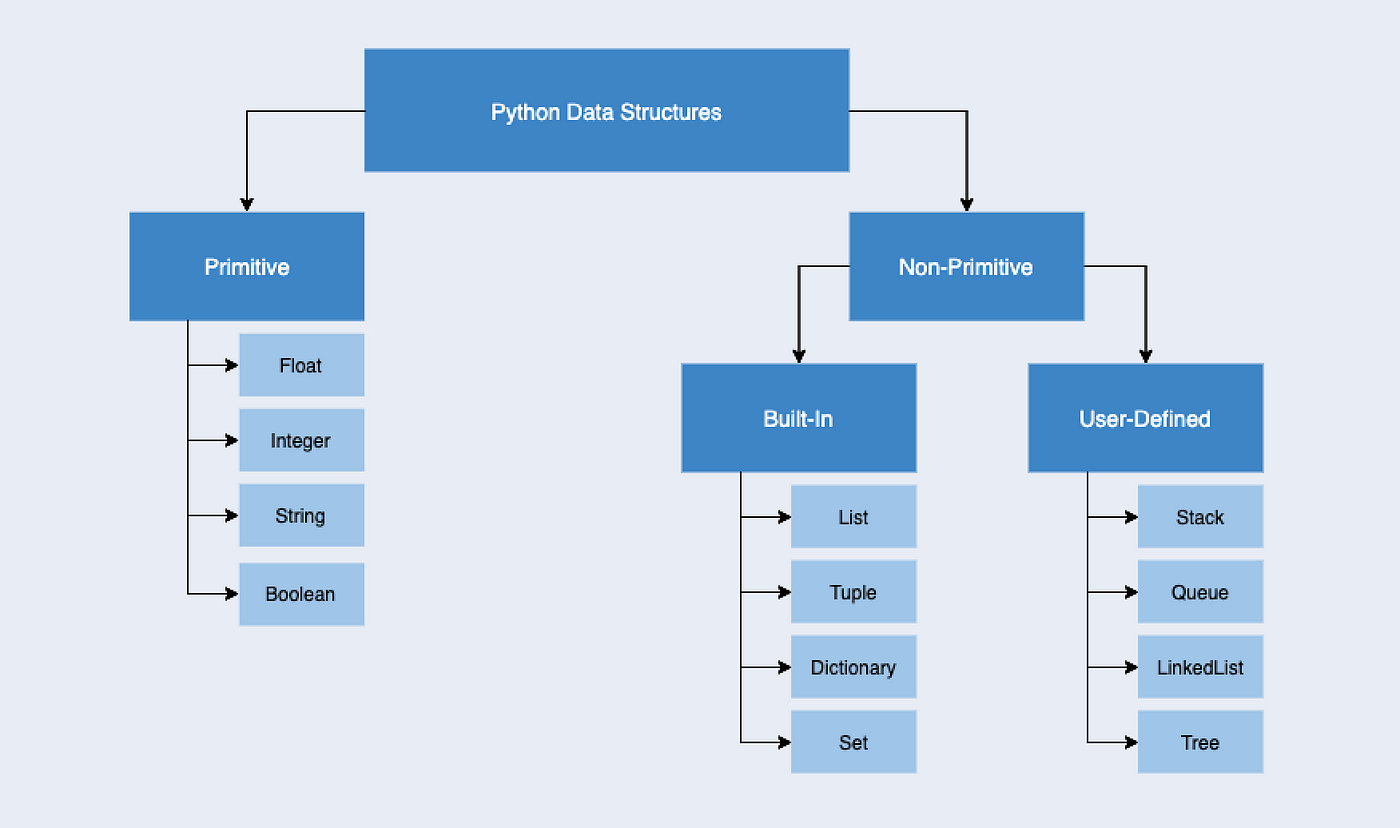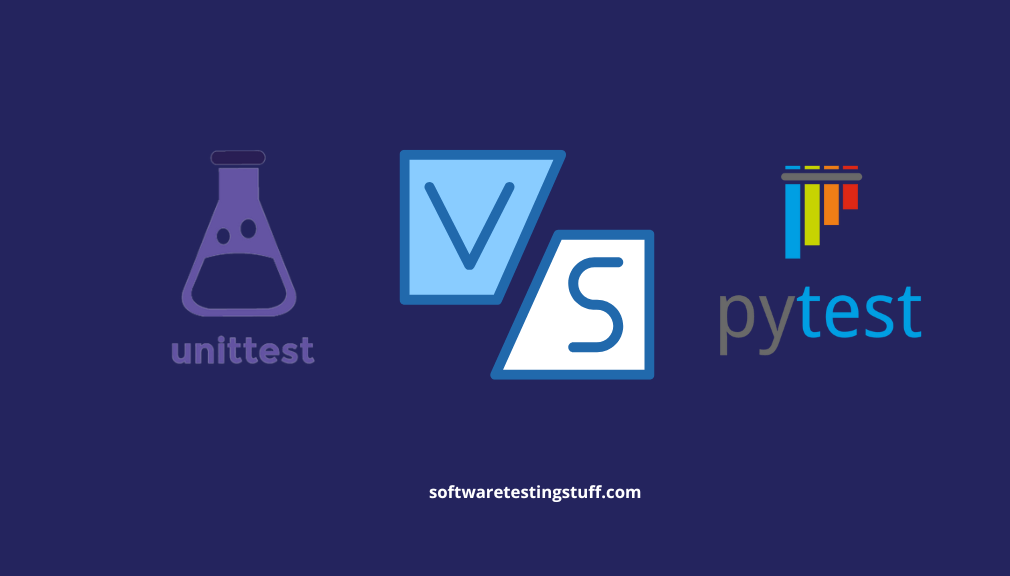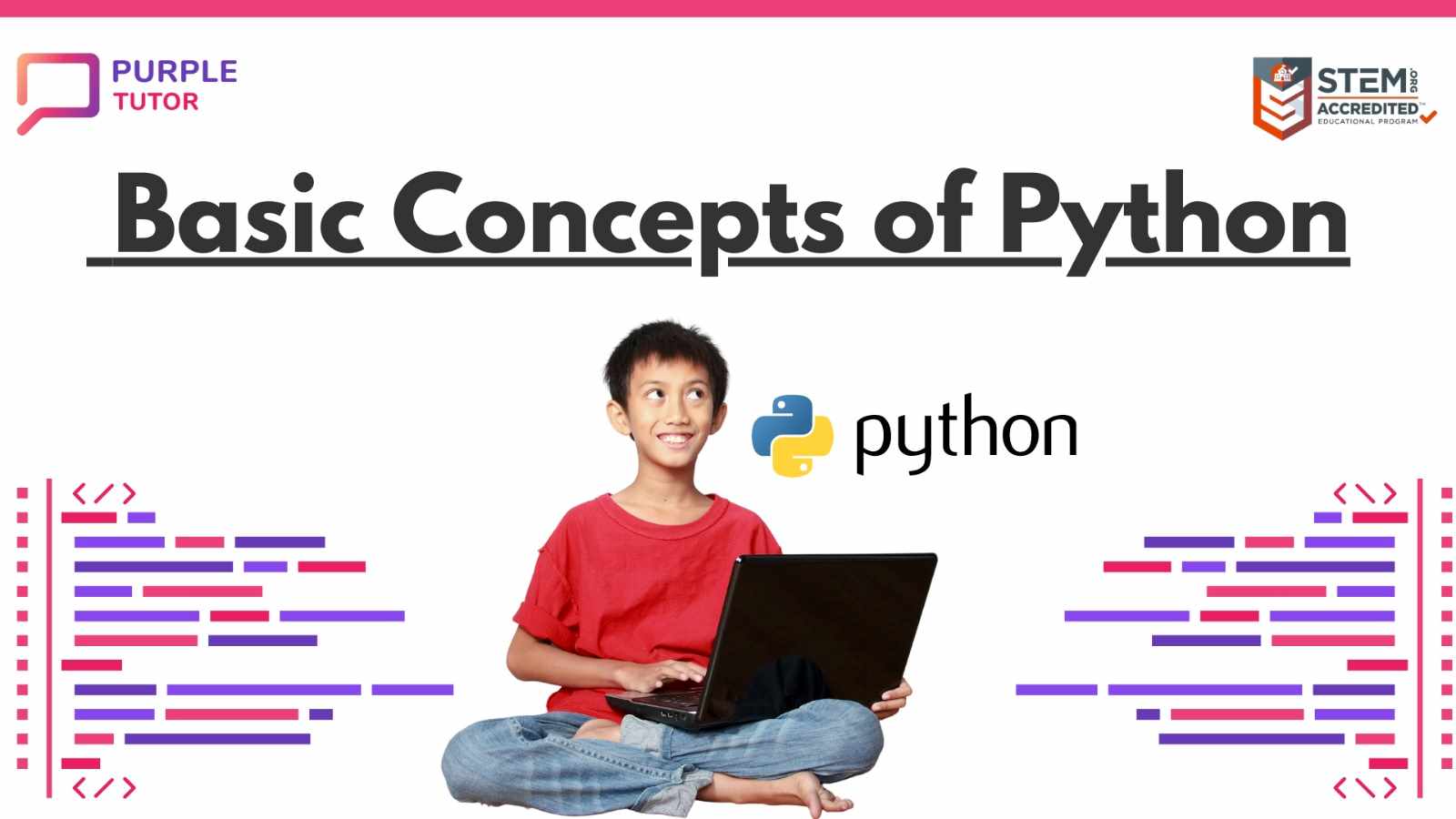Python list comprehension if without else
Python list comprehension if without else
I'd be happy to explain Python list comprehensions in detail!
In Python, a list comprehension is a compact way to create new lists from existing ones by performing some operation on each element. It's a shorthand for using a loop and appending elements to a list.
The basic syntax of a list comprehension without an else clause is:
[expression(element) for element in iterable]
Here, expression(element) is the code executed for each element in the iterable (a sequence, such as a list or tuple, or any other iterable type). The resulting values are combined into a new list.
Let's explore some examples:
Squaring numbers: You can use a list comprehension to create a new list with the square of each number from an existing list:numbers = [1, 2, 3, 4, 5]
squared_numbers = [i**2 for i in numbers]
print(squared_numbers) # Output: [1, 4, 9, 16, 25]
In this example, the list comprehension takes each number i from numbers, squares it (i**2), and combines the results into a new list.
numbers = [1, 2, 3, 4, 5]
odd_numbers = [i for i in numbers if i % 2 != 0]
print(odd_numbers) # Output: [1, 3, 5]
Here, the list comprehension only includes elements i from numbers that are not even (i.e., i % 2 != 0).
words = ['hello', 'world', 'python']
upper_words = [w.upper() for w in words]
print(upper_words) # Output: ['HELLO', 'WORLD', 'PYTHON']
In this example, the list comprehension takes each string w from words, converts it to uppercase using the upper() method, and combines the results into a new list.
These examples illustrate how Python list comprehensions can be used to perform various operations on iterable data. By leveraging the power of these concise expressions, you can often replace complex loops with simple, readable code.
In summary:
List comprehensions are a compact way to create new lists from existing ones. The basic syntax is[expression(element) for element in iterable]. You can use list comprehensions without an else clause to filter elements based on conditions, transform data, and perform various other operations.
I hope this explanation has been helpful!
list comprehension python if-else for loop

Here is an explanation of Python's list comprehension and if-else statement using a for loop:
List Comprehension:
A list comprehension is a concise way to create a new list from an existing iterable (like a list, tuple, or string). The general syntax is:
[expression for item in iterable]
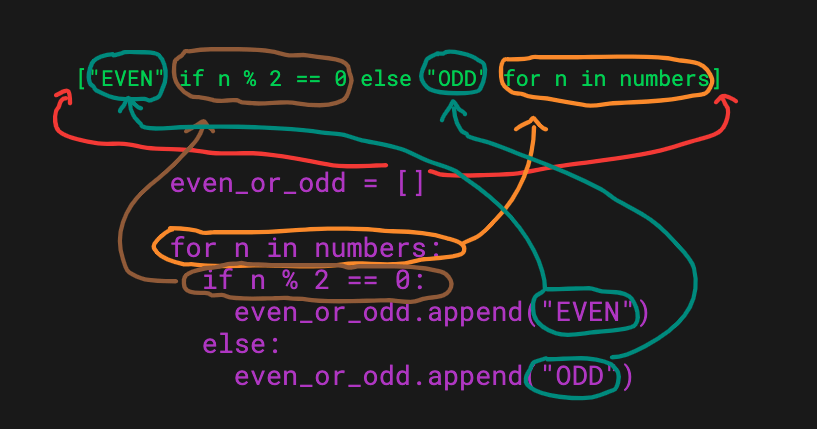
Where expression is the operation you want to perform on each item in the iterable. For example:
numbers = [1, 2, 3, 4, 5]
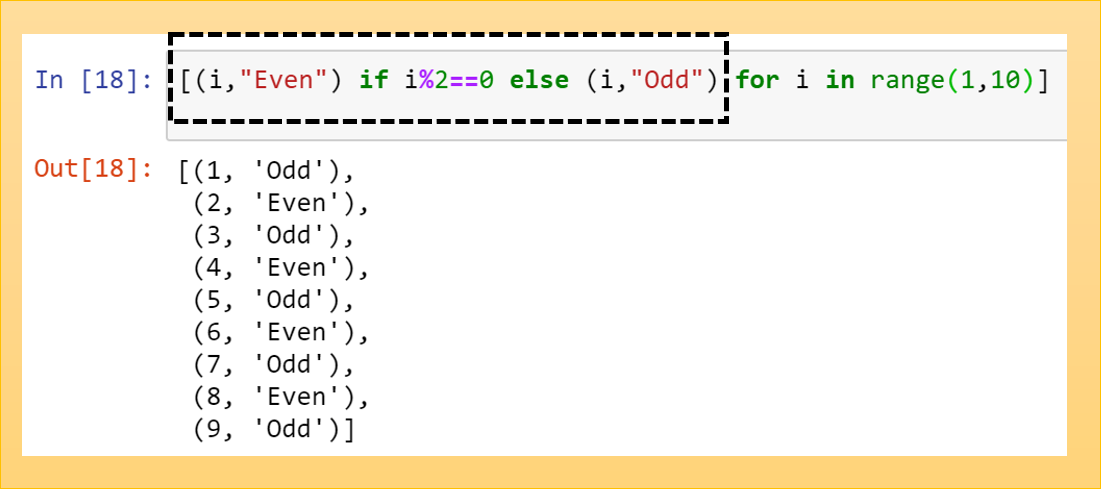
squared_numbers = [x**2 for x in numbers]
print(squared_numbers) # Output: [1, 4, 9, 16, 25]
In this example, we create a new list squared_numbers by taking each number in the original list numbers, squaring it (x**2), and adding the result to the new list.
If-Else Statement:
An if-else statement is used to execute different blocks of code based on certain conditions. The syntax is:
if condition:
code to run if condition is True
elif another_condition:
code to run if first condition is False and second condition is True
else:
code to run if all conditions are False
For example:
numbers = [1, 2, 3, 4, 5]
filtered_numbers = [x for x in numbers if x % 2 == 0 or x > 3]
print(filtered_numbers) # Output: [2, 4, 5]
In this example, we create a new list filtered_numbers by iterating over the original list numbers. For each number, we check two conditions:
x % 2 == 0) or If the number is greater than 3 (x > 3)
If either condition is True, the number is added to the new list.
Combining List Comprehension and if-else Statement:
You can combine these two concepts using a for loop:
numbers = [1, 2, 3, 4, 5]
filtered_numbers = []
for x in numbers:
if x % 2 == 0 or x > 3:
filtered_numbers.append(x)
print(filtered_numbers) # Output: [2, 4, 5]
In this example, we create an empty list filtered_numbers and then iterate over the original list numbers. For each number, we check the same conditions as before. If either condition is True, we add the number to the new list using append().
Comparison with a Traditional for Loop:
Here's how you would do this without list comprehension:
numbers = [1, 2, 3, 4, 5]
filtered_numbers = []
for x in numbers:
if x % 2 == 0 or x > 3:
filtered_numbers.append(x)
print(filtered_numbers) # Output: [2, 4, 5]
This is essentially the same code as before, but with more verbosity. The list comprehension version is often preferred for its conciseness and ease of reading.
Conclusion:
List comprehensions and if-else statements are powerful tools in Python that can simplify your code. By combining these concepts using a for loop, you can create complex logic in a concise and readable way.
